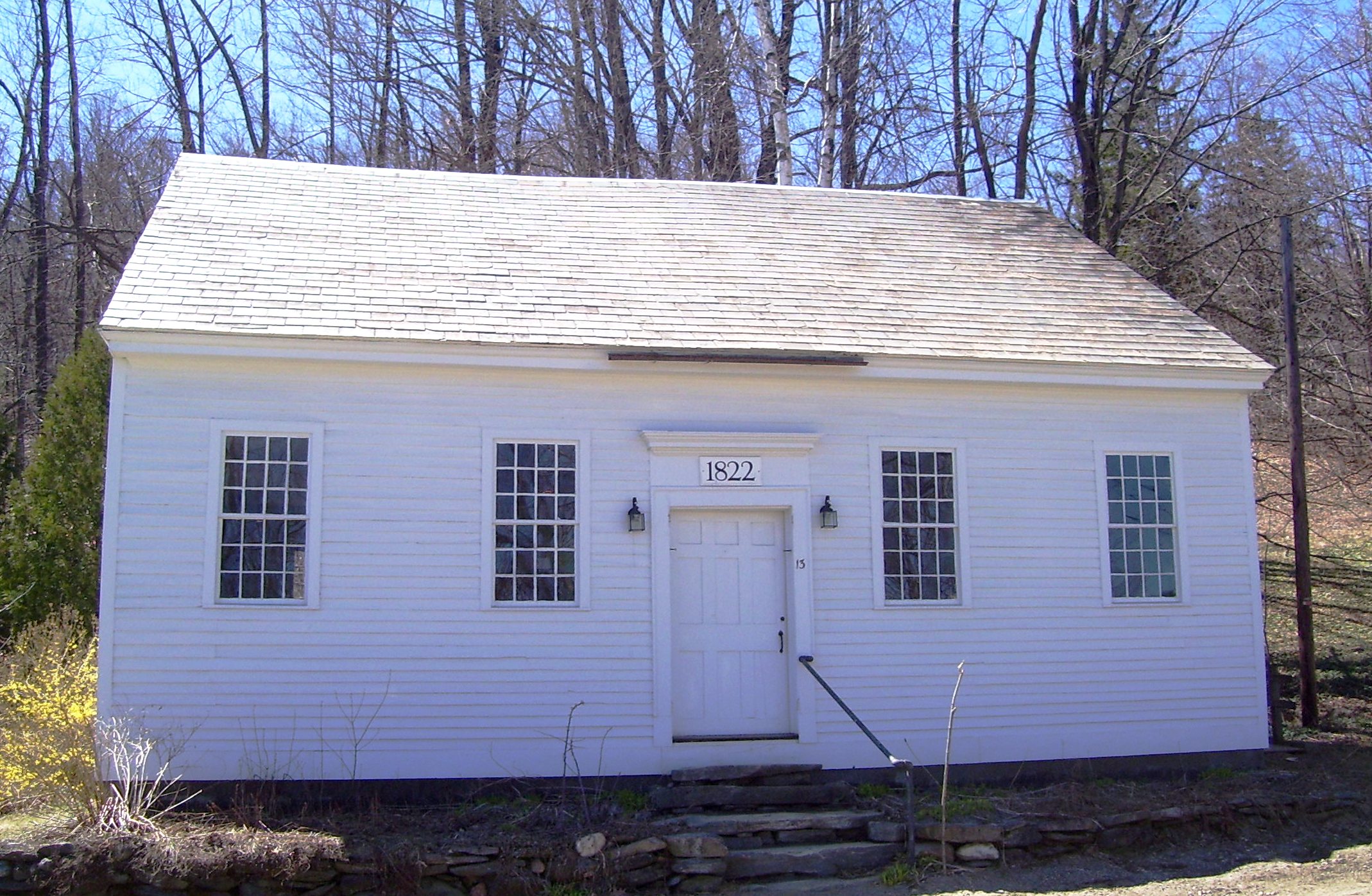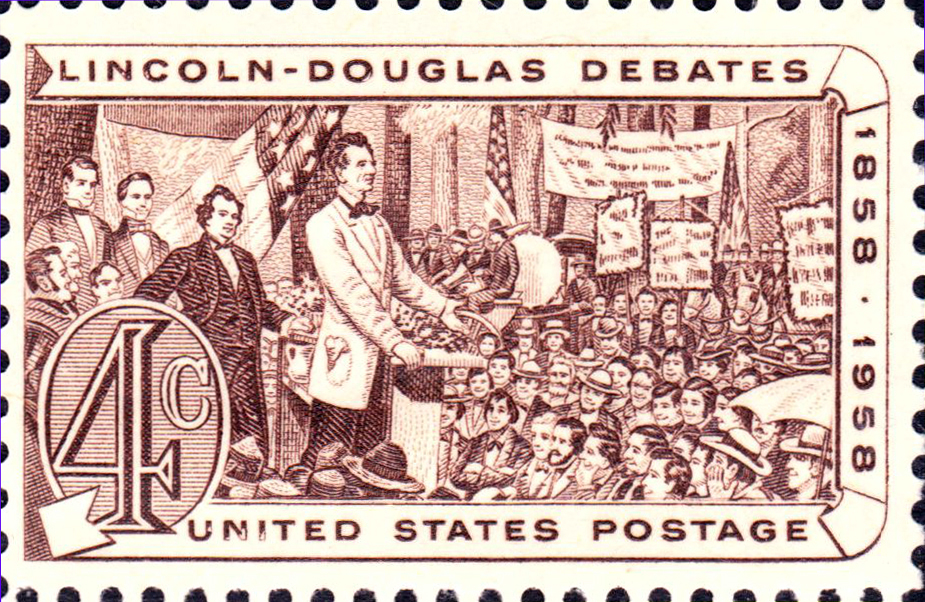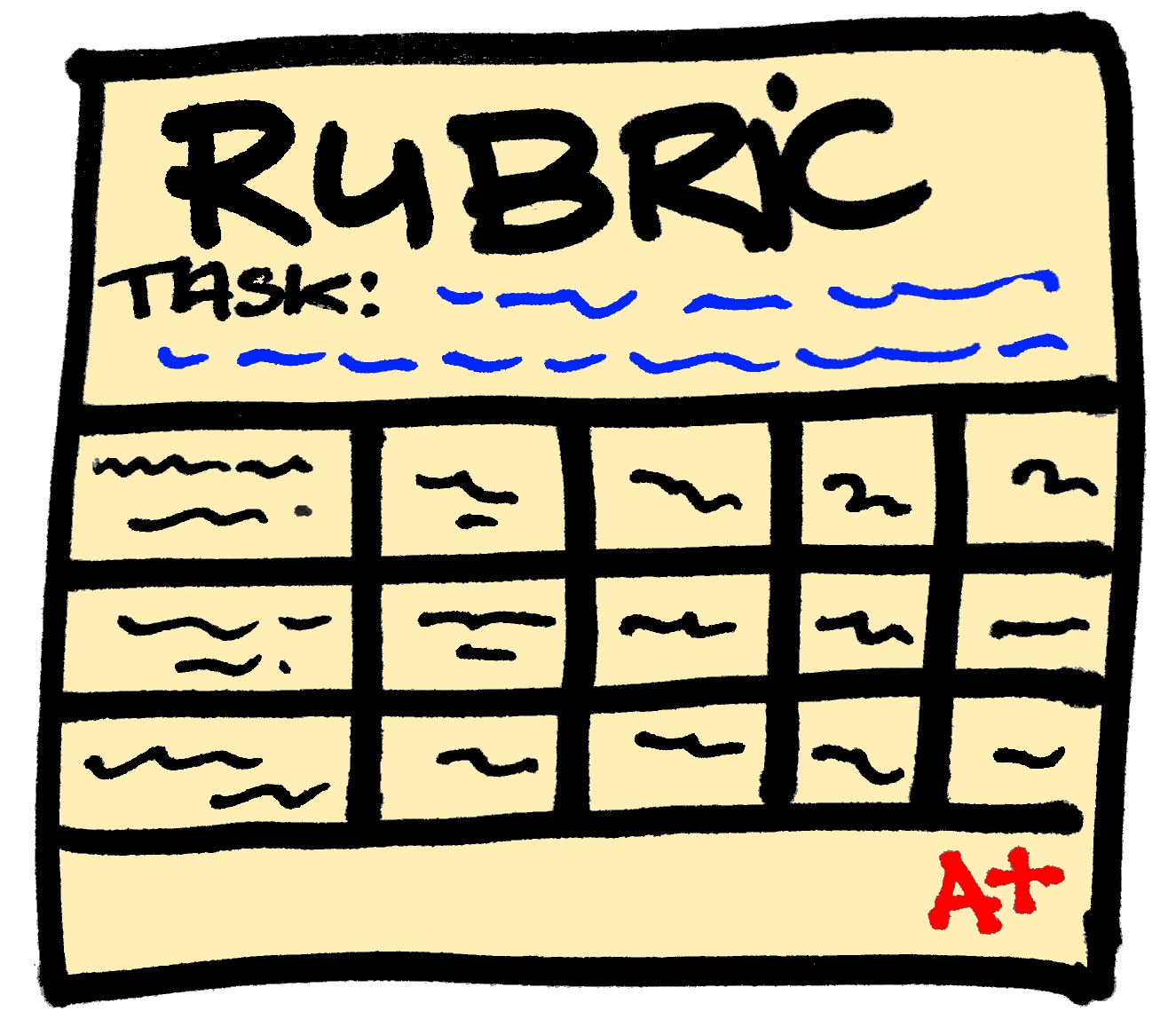Activating Student Voice and Agency:
Discussions, Debate, & Dialog; Peer and Self Learning Assessments
Topics on the Page

Building Collaborative Classroom Cultures
 LEARNING PLANS: Teaching about Controversy
LEARNING PLANS: Teaching about Controversy
Discussion, Debate, and Dialogue Teaching Methods
- Document-Based Class Discussion
- Structured Academic Controversy (SAC)
- Fishbowls as a Discussion Format
Involving Students in Learning Assessments
- Alternatives to Traditional Assessments
- Digital Formative Assessments
- Rubrics
- Bloom's Taxonomy
- Online Quizzes
- Interactive Video Quizzes
- Peer and Self Assessments
- Models for Active Learning Quizzes
 |
| Town House, Marlboro, Vermont, built 1822 for Town Meetings |
Building Collaborative Classroom Cultures
Stop Talking . . . and Start Teaching. Teacher Advocate, Spring 2015
How to Give Your Students a Voice: Advice from Someone Who Tries, a blog post from Pernille Ripp (April 2013).
Democratic School Meetings, Robert Thornberg (2010)

Power in the Classroom: Creating the Environment from ASCD
Teaching with the World Peace Game. John Hunter TED Talk, March 2011.
Citizens' Guide to Town Meetings from the Massachusetts Secretary of the Commonwealth.
Full and Part-Time Legislatures from the National Conference of State Legislatures
Asking Questions so Students Will Answer
New Classroom Questioning Techniques for the Best Year Ever
 Learning Plans for Teaching about Controversy
Learning Plans for Teaching about Controversy
Native American Mascots

Image is the Flagstaff, Arizona, Sinagua High School JROTC Shoulder Sleeve Insignia.
The stylized peaks, on the scroll, symbolize the San Francisco Peaks, one of the highest landmarks in Arizona, and sacred to local Native Americans
(Credit: United States Army Institute of Heraldry/Public Domain)
National School Mascots Tracking Database, National Congress of American Indians (2021)
Native American Mascots Under the Spotlight as Massachusetts Bill Proposes Eliminating Their Use in Schools (February, 2021)
Wakefield Massachusetts Town Votes to Keep School's Native American Logo (April 2021)
History of Mascots and Sports Team Names
These Massachusetts Schools Still Have Native American-themed Nicknames, Mascots and Logos. MassLive (February 16, 2017)
2,128 Native American Mascots People Aren't Talking About from FiveThirtyEight, September 2014.
Timeline A Century of Racist Sports Team Names, Mother Jones
Native Americans Blast Redskins Gambit to Defuse Name Controversy with Financial Contributions, March 24, 2014.
 California Racial Mascots Act (2015). California has banned schools in the state from using "redskins" as a name for sports teams.
California Racial Mascots Act (2015). California has banned schools in the state from using "redskins" as a name for sports teams.
-
Lanham Act (Trademark Act of 1946) as amended by Trademark Act of 1988
For more on Native American Mascots and the Integration of Professional Football, link to Accomplishments of the Civil Rights Movement
 Showdown: JFK and the Integration of the Washington Redskins. Thomas G. Smith, Beacon Press, 2011.
Showdown: JFK and the Integration of the Washington Redskins. Thomas G. Smith, Beacon Press, 2011.
 Atomic Bombs in World War II: Atomic Bomb Lesson Plan from Reading Like an Historian, Stanford University
Atomic Bombs in World War II: Atomic Bomb Lesson Plan from Reading Like an Historian, Stanford University
Kennedy-Nixon Debate, New York, 1960

Discussion, Debate and Dialogue as Teaching Methods
Comparing Debate, Discussion and Dialogue
Discussions
Discussion Strategies: Questions, Reflective Writing and Small Group Work
How to Have an Equitable Class Discussion
The Big List of Classroom Discussion Strategies
- Gallery Walk
- Philosophical Chairs
- Pinwheel Discussion
- Socratic Seminar
- Affinity Mapping
- Concentric Circles
- Conver-Stations
- Fishbowl
- Hot Seat
- Snowball Discussion
- Backchannel Discussions
Lincoln-Douglas Debate Stamp, U.S. Post Office (1958)

Debates
School Debate Programs Linked to Improvements in Academic Achievement, Graduation Rates, and College Enrollment (October, 2023)
The Great Debates of History, from New York City Urban Debate League
Dialogue

Fishbowls as a Teaching Method
Fishbowl from Facing History and Ourselves
The Fishbowl Method from Edutopia
Fishbowl Instructional Method from Digital Age Teaching & Learning
Online Discussion Formats
5 Online Discussion Tools to Fuel Student Engagement
Mock Trials
Overbrook High School Wins Mock Trial
Mock Trials in the Classroom
 Involving Students in Learning Assessment
Involving Students in Learning Assessment

Traditional Assessments
Constructing Tests from University of Washington
Take Our Quiz on Writing Good Test Questions
Crafting Questions from Western Washington University
Performance vs. Traditional Assessment from LearnNC
Quizzes
See Special Topic: Quizzes as Active Learning Resources
Relieving Test Jitters Leads to Better STEM Outcomes
8 Informal Assessments to Pinpoint What Your Students Need, eSchoolNews (May 16, 2018)
- Exit tickets
- Kahoot!
- Backchannel chats
- Plickers
- Skills checklist
- Demonstration stations
- Photo Capture
- Student-created quizzes

Alternatives to Traditional Assessment
How to Shift to Self-Grading in English Classes
Promoting Growth Mindset Through Assessment, National Council of Teachers of Mathematics (2015)
Making the Most of Your Writing Feedback, Edutopia (September 29, 2017). Uses the SOAR method in which feedback is:
- S. specific
- O. ongoing
- A. action-oriented
- R. reasonable
Grading Practices That Grow Writers
Is the Use of Standardized Tests Improving Education in America? from ProCon.org
Testing More, Teaching Less: What America's Obsession with Student Testing Costs in Money and Lost Instructional Time, American Federation of Teachers (2013)
What is Authentic Assessment?
Alternatives to Traditional Testing from University of California Berkeley
Formative Assessment
Linda Darling-Hammond video on Formative and Performance Assessments
Make Formative Assessment More Student-Centered, Common Sense Education
10 Fun-Filled Formative Assessment Ideas
Alternatives to Traditional Exams and Terms Papers from Indiana University Bloomington
History Lab: Assessing Student Learning from University of Maryland. Includes a video showing teachers informally assessing learning during class.
Digital Formative Assessments
Know Students Better: 15 Tools for Formative Assessment
Innovative Formative Assessment: 10 Useful Approaches
Building Hopeful Secondary School Writers Through Effective Feedback, English Journal (2017)

Rubrics
The Power of Student Built Rubrics
Involving Students in Creating Rubrics
Quick Links to Rubrics for writing, group work, social media projects
The Power of Student Built Rubrics

Portfolios
Go to TransformingTech wiki for Portfolio Assessment
Peer Assessments
What is Peer Assessment from Cornell University
Using Peer Review to Improve Student Writing
Using Peer Review to Help Students Improve Their Writing
The Role of Peer Assessment in a Maker Classroom
Giving Peer Feedback Helps Writers Grow, Edutopia (September 7, 2017)
Student Self Assessment
Student Self-Assessment
Self Assessment Inspires Learning
Strategies to Enhance Student Self Assessment from Assessment for Learning, Australia
How to Build Self-Assessment into Jam-Packed High School Classes. MindShift (November, 2017)
Models for Active Learning Quizzes
Snowball Answers in Search of a Question-
- 20 multiple choice questions are posted around the room and in the hallway.
- The four answer possibilities to each question are crumpled up in “snowballs” on the floor of the classroom.
- Students work in pairs and pick up a sheet of answers from the ground and search for the question that they match with around the room.
- Once they think they have found the question, they try to answer the question.
Write (right) the wrong-
- Students work together in pairs to identify one incorrect answer to the multiple choice question. They then, make a change to either the question or that answer in order to make that answer correct.
Poll Everywhere-
- Students participate in live polling as they answer questions via their laptops, phones, or tablets. The questions can be multiple choice, open-ended, or even a clickable image. The questions can be supplemented with pictures.
QR Code Scavenger Hunt-
- QR codes are scattered around the building- on walls, behind furniture, under tables etc. Each QR code is linked to a different google form quiz multiple choice question. If they answer the question correctly, it gives them the clue to find their next QR code question in a new location in the building.
- Students work in pairs to answer the quiz questions and find the QR codes.
Four Corners (With Snowball Truther or Fibber)-
- The four corners of the room are labeled A, B, C, and D. Students answer multiple choice questions by moving to the corner that corresponds with the answer they think is correct. You may be worried that this game will just turn into a mass of students following one another to the same corner of the room- Don’t worry we’ve got an exciting solution to that, which makes the game even more exciting...
- The tricky/ exciting part of the game is that before each round, each student picks up a paper “snowball” from the ground. Each snowball is labeled “truther” or “fibber”. If a student is a “truther”, they go to what they think is actually the correct answer. If a student is a “fibber”, they go to one of the answers that they know is incorrect. Fibbers must be prepared to explain how they know their answer is wrong.
- After each round, students throw their “truther”/ “fibber” snowball on the ground and pick up a new snowball to determine whether they will be a “truther” or a “fibber” for the next round.
Other Activities
Tour Builder-
You can build your own virtual tour from anywhere around the world and link videos, images, and even poll questions to the tour. The tour connects each location to one another to tell a geographical story.
Timeline Challenge-
Place the event or person on the timeline
March Madness Bracket-
Students choose a historical document/person/organization/event and are placed in a bracket. Each student “competes” head-to-head by giving a one-minute convincing speech about the importance of their historical document/person/organization/event. Students then vote on which student advances to the next round of the bracket based on how convincing their argument about their historical document/person/organization/event was!!!
Trivia-
Ask fun questions that can be in the form of multiple choice, open response, etc. “I have, who has”-
Two sides to an index cars:
● “I Am” Cards
○ Says the name of Historical Person/Place/Idea
● “I Have”
○ Gives a description of one of the “I Am” Cards
EXAMPLE:
Colin says “I have the city that once was Constantinople”
Brook says “I am Istanbul”
Brook then flips over the card. “I have the king of France during the French Revolution” Joel says “I have King Louis XVI”
“What’s that quote mean?”- Students interpret the meaning of significant quotes from primary source documents and post them around the room or on a class twitter
3D modeling-
Comments (0)
You don't have permission to comment on this page.